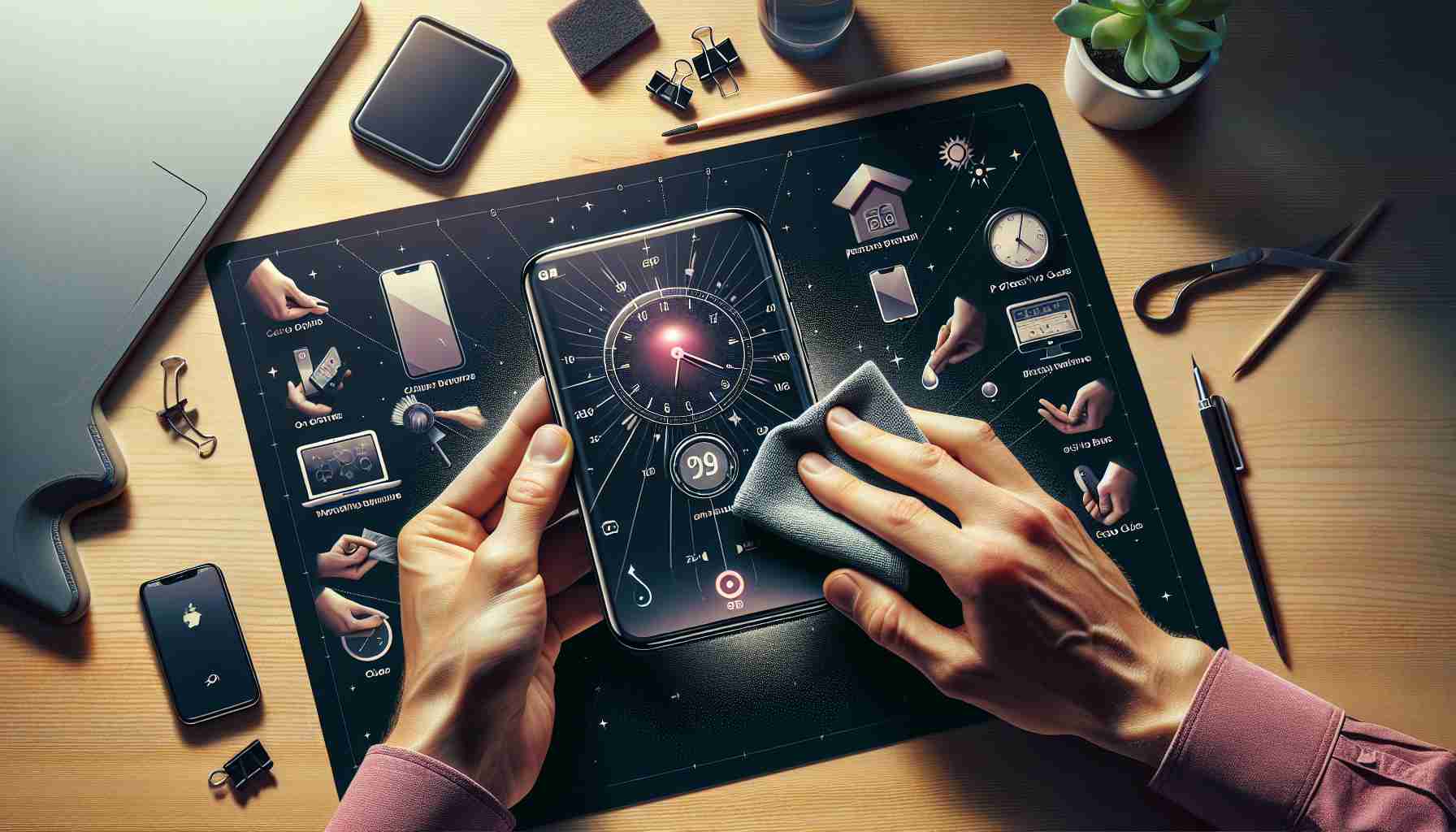Optimizing Smartphone Battery Life
The expertise shared by a service center director, Jan Koshanyuk, highlights the fact that modern smartphones are equipped with lithium-ion batteries that should not be fully discharged to zero or charged up to 100%. He advises charging the battery to around 80-90% and disconnecting it before bed to avoid overheating and to prolong the battery life.
Safe Storage Conditions for Smartphones
Smartphones should be stored within specific temperature ranges to prevent overheating, particularly avoiding direct sunlight, and high humidity areas that can compromise the functionality and safety of internal components.
Protective Measures for Smartphones
To reduce the risk of damage from accidental drops and mishandling, Koshanyuk recommends utilizing protective cases and tempered glass screen protectors.
Avoid Ineffective DIY Repair Techniques
Against the backdrop of common internet advice, the expert highlights that techniques such as using rice or a hairdryer to dry out a water-damaged smartphone are often ineffective and can cause further damage.
System Updates and Storage Management
Regularly updating the operating system and applications is crucial for maintaining security and stability, while neglecting updates can leave devices vulnerable to cyber-attacks. Furthermore, using a smartphone with full memory can lead to performance lags and crashes. It is advisable to periodically clear the memory of unused apps and data to maintain optimal performance.
Important Questions and Answers:
Q: Why should a smartphone’s battery not be fully discharged?
A: Full discharge of a lithium-ion battery can lead to what’s known as a “deep discharge” state, which may result in a shorter lifespan for the battery. It can also cause the battery to become unstable and potentially fail to hold a charge in the future.
Q: Can storing a smartphone in high temperature and humidity damage it?
A: Yes, high temperatures and humidity levels can damage a smartphone’s internal components, degrade the battery’s performance, and possibly lead to safety hazards like battery swelling or leakage.
Q: Are system updates really necessary for smartphones?
A: System updates are critical as they often include security patches, feature enhancements, and bug fixes. Neglecting these updates can leave a smartphone vulnerable to new security threats and hinder its performance.
Key Challenges and Controversies:
One of the most significant challenges in extending a smartphone’s lifespan is managing battery health. Users often struggle with the balance between usability and the practices that best preserve battery life. Controversies sometimes arise around manufacturer recommendations and user habits, with some users arguing that they shouldn’t have to adjust their usage patterns significantly for the sake of prolonging their device’s battery life.
Advantages and Disadvantages:
Advantages:
– Longevity: Following these tips can significantly extend the overall lifespan of your smartphone.
– Cost Savings: Extending your phone’s lifespan means delaying the purchase of a new one, resulting in cost savings.
– Performance: Optimal battery health and storage management can ensure that the smartphone continues to run efficiently.
Disadvantages:
– Inconvenience: Consistently monitoring and adjusting charging habits may be inconvenient for some users.
– Reduced Usability: Applying all recommended protective measures may add bulk or reduce the aesthetic appeal of the smartphone.
– DIY Restrictions: Avoiding DIY repair techniques could mean more frequent trips to professional service centers, which could be costly or time-consuming.
For users seeking further general information on smartphone care and maintenance, reliable resources can be found on the main websites of popular smartphone manufacturers or consumer electronics advice domains. Here’s one you might find useful: Apple or Android. Please ensure to verify the authenticity of URLs before accessing them.
